When choosing a quartz surface for your home or commercial space, durability and aesthetics take centre stage. Two brands often compared in this context are Lunastone and Quartzforms. Both offer high-quality engineered quartz surfaces, but how do they really compare in terms of durability, design, maintenance, and cost? This makes the Lunastone vs Quartzforms debate especially relevant for homeowners seeking value and performance.
Let’s explore a detailed comparison to help you make an informed choice. For expert guidance and access to both premium brands, Imperial Worktops offers a wide selection with professional consultation and installation services.
1. Composition & Manufacturing Process
Lunastone
- Composed of 93% natural quartz and 7% polymer resins and pigments.
- Manufactured using advanced compression and heat techniques for a dense and strong structure.
- High purity quartz enhances clarity and durability. This makes the Lunastone vs Quartzforms debate especially relevant for homeowners seeking value and performance.
Quartzforms
- Contains 92–95% natural quartz with added resins, polymers, and pigments.
- Produced using Bretonstone® technology, known for creating non-porous, uniform slabs.
- Utilises nano-sealing technology for improved stain resistance and surface longevity.
Looking for authentic Lunastone or Quartzforms products? At Imperial Worktops, we stock genuine surfaces directly sourced from trusted suppliers, ensuring you receive only top-quality materials.
2. Durability: Strength, Scratch & Impact Resistance
Lunastone
- Offers excellent scratch resistance due to quartz’s Mohs hardness rating of 7.
- Handles moderate heat and impact, though high temperatures over time may cause damage.
- Non-porous surface prevents absorption of liquids, resisting stains and bacterial growth.
Quartzforms
- Slightly better impact resistance due to its advanced manufacturing process.
- Tolerates higher temperatures than Lunastone before degradation occurs.
- UV resistant – suitable for outdoor installations without yellowing or fading.
3. Design & Aesthetic Appeal
Lunastone
- Offers a classic, natural stone-like appearance.
- Available in neutral and warm tones, ideal for traditional and modern interiors.
- Finish options include matte and polished for varied design preferences.
Quartzforms
- Known for its extensive range of colours and patterns.
- Mimics materials such as granite, marble, and concrete.
- Available in multiple finishes including polished, matte, and brushed, offering greater design flexibility.
4. Maintenance & Hygiene
Lunastone
- Requires minimal maintenance – simple cleaning with soap and water.
- Its non-porous surface resists bacteria, mould, and mildew.
- No need for sealing – unlike many natural stone surfaces.
Quartzforms
- Features a nano-sealed, hygienic surface that resists microbial growth.
- Highly resistant to stains, acids, and harsh chemicals.
- Easy to maintain – ideal for busy households and commercial kitchens.
5. Cost & Affordability
Lunastone
- Generally more budget-friendly than Quartzforms.
- Offers competitive pricing based on thickness, colour, and finish.
- Excellent choice for homeowners looking for affordable elegance.
Quartzforms
- Higher price point due to superior technology and broader design options.
- Cost reflects UV resistance, durability, and design diversity.
- Better suited for projects where customisation and long-term performance are key.
6. Applications: Where to Use Each Brand
Lunastone is ideal for indoor use in both residential and commercial spaces. It delivers a timeless aesthetic at an accessible price point.
Quartzforms, on the other hand, shines in both indoor and outdoor applications, thanks to its enhanced resistance to heat, UV rays, and impact. Perfect for high-traffic and modern design environments.
Which Quartz Surface Should You Choose?
Choose Lunastone if you want:
- A cost-effective quartz surface with a timeless, elegant appeal.
- A durable, low-maintenance material for indoor use.
- A trusted option for kitchen countertops, bathrooms, and living spaces.
Choose Quartzforms if you need:
- Top-tier durability with improved resistance to heat, scratches, and impact.
- A surface that’s UV-resistant and suitable for outdoor applications.
- Diverse, modern design options with a luxurious finish.
Conclusion:
Quartzforms outperforms Lunastone in areas such as impact resistance, UV stability, and design variety. However, Lunastone remains an excellent choice for cost-conscious buyers who prioritise elegant design and reliability for indoor use.
If you’re still undecided between Lunastone vs Quartzforms, our experts at Imperial Worktops can guide you through side-by-side comparisons, provide samples, and assist with custom installation planning to suit your lifestyle.
FAQs
1. Which is more durable between Lunastone and Quartzforms?
Quartzforms is slightly more durable, especially in terms of heat, impact, and UV resistance.
2. Are Lunastone and Quartzforms good for kitchen countertops?
Yes, both are highly suitable due to their non-porous, hygienic, and scratch-resistant properties.
3. Can Quartzforms be used outdoors, unlike Lunastone?
Yes. Quartzforms is UV resistant, making it ideal for outdoor settings. Lunastone is best used indoors.
4. Do these quartz surfaces require sealing?
No. Both Lunastone and Quartzforms are non-porous and do not require any sealing.
5. How should I clean and maintain these surfaces?
- Use mild soap and water or pH-neutral cleaners.
- Wipe with a soft cloth or sponge.
- Avoid harsh chemicals like bleach or acidic cleaners.
6. Which brand offers more design choices?
Quartzforms offers a wider variety of colours, textures, and finishes.
7. Which is more affordable?
Lunastone is generally more budget-friendly, making it an attractive option for cost-conscious projects.
